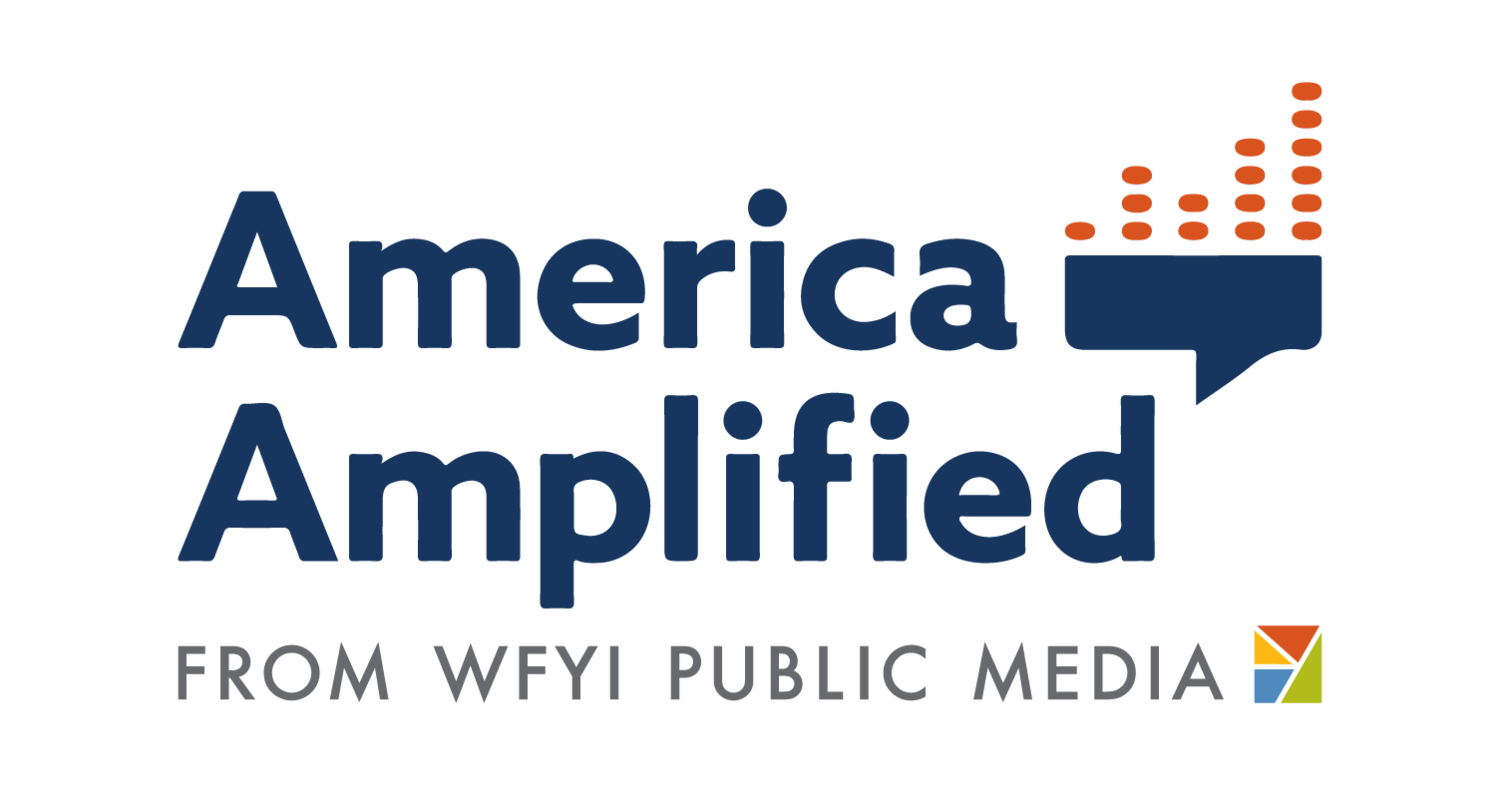The community as assignment editor: a conversation with Detroit’s Outlier Media
“I always say that the community of Outlier users are the assignment editors...they tell us the direction that we go in and that’s the direction we head.”
-Candice Fortman, Executive Director of Outlier Media
Sarah Alvarez started in civil rights law before becoming a senior producer and reporter for Michigan Radio, the Ann Arbor-based NPR affiliate. Believing that journalism is a service that should be responsive to the needs of all, Alvarez wanted to find a way to fill the information and accountability gaps in communities where those things are needed the most, typically low-income neighborhoods.
In 2016 she found it in the palm of her hand by connecting Detroiters to information and engaging them via text.
Outlier Media, founded by Alvarez, is now run by three women of color and one part-time reporter. The organization partners regularly with newsrooms in Detroit while finding new ways to help communities by using cellphones.
To better understand the organization and its efforts, I spoke with Outlier Media’s Executive Director Candice Fortman. The interview has been excerpted and edited for clarity.
How did you learn what Detroiters needed?
The first part of the model is that we do an info needs assessment via the SMS text service and we actually pay people. If you take the assessment you get a $10 gift card to a grocery store of your choosing.
We want to figure out what people are worried about and concerned about and need information about today. When you ask the question in that way people are telling you what they need to survive, not to thrive.
We’re not asking people do they need more arts and culture reporting? We are asking people what do you need in order to make it to the next day, next week, next month and that’s where we get to the issue areas that we cover.
What do you mean by the community being your assignment editor?
The nine areas of coverage for us are all based on what our audience has told us are their information needs. We didn’t decide what those beats are going to be, we work with our audience and they tell us what those beats will be. Which means that over time our beats will change, they are not stagnant.
So, last year we were only doing housing and utilities reporting. This year, with the COVID coming into Detroit the way it has, that has expanded to seven additional topic areas. That’s because those were the things Detroiters needed in order to be able to feel like they were surviving in place.
The first thing that we offer them is information. So, we never go in seeking information first, which is typically how relationships are set up between newsrooms and communities.
So, when you get a text message from Outlier or you reach out to Outlier natively you’ll get a menu of options of things you might be coming to us to get information about. Everything from housing to food and from child abuse and elder neglect to jobs and unemployment. Then, always in the menu options, is that final option to speak directly to a reporter because what we find is that sometimes people need information, they might already have the information, but, what they’re really looking for is for someone they can trust to say “the thing that you’re deciding to do is the right thing to do.”
What are the hard questions newsrooms need to answer about themselves?
When approaching these communities, newsrooms need to decide if they actually value these voices or just want more stories? Do you actually value these voices or you just want more access funding, which requires finding more diverse voices?
If the answers to those two questions are not aligned with you caring about the voices then it doesn’t matter what model your newsroom uses. Eventually the model won’t work because no one will really care about the value in the voices that the models bring you. They won’t care about the information needs of those communities, the value of the diversity in opinions that those models bring you.
How are you going to address communities that come to you and say “where have you been?” because they are likely to ask you that question and you need to have real answers for them.
The other thing you’re going to need to have is a plan in place for how that won’t happen once your listening project is done. Because oftentimes people are doing listening projects attached to a particular editorial project as opposed to how the editorial lens of their newsroom will work.
So, communities know when you’re just pulling resources out of them with no intention to put anything back long term. There will always be some extraction – that’s the nature of journalism. But, our hope is that we are always leaving as much as we take out.
What were some of the stories that emerged?
A mother trying to help her HIV positive son who was to be paroled from a Michigan prison. His parole was delayed and as a result, he contracted COVID-19 in prison. That became a piece from Bridge.
Texts asking about Michigan’s eviction moratorium during the pandemic and how people in hotels or AirBnB rents were not covered. That story was reported by Detour Detroit.
Those were stories we were able to tell because one individual had a problem but it highlights a systemic issue that needed to be solved at the state policy level… those would have been stories we would not have found unless people knew they could directly come to us. We are trying to push journalism to a place where it is valuable to the communities that have been underserved for so long.

